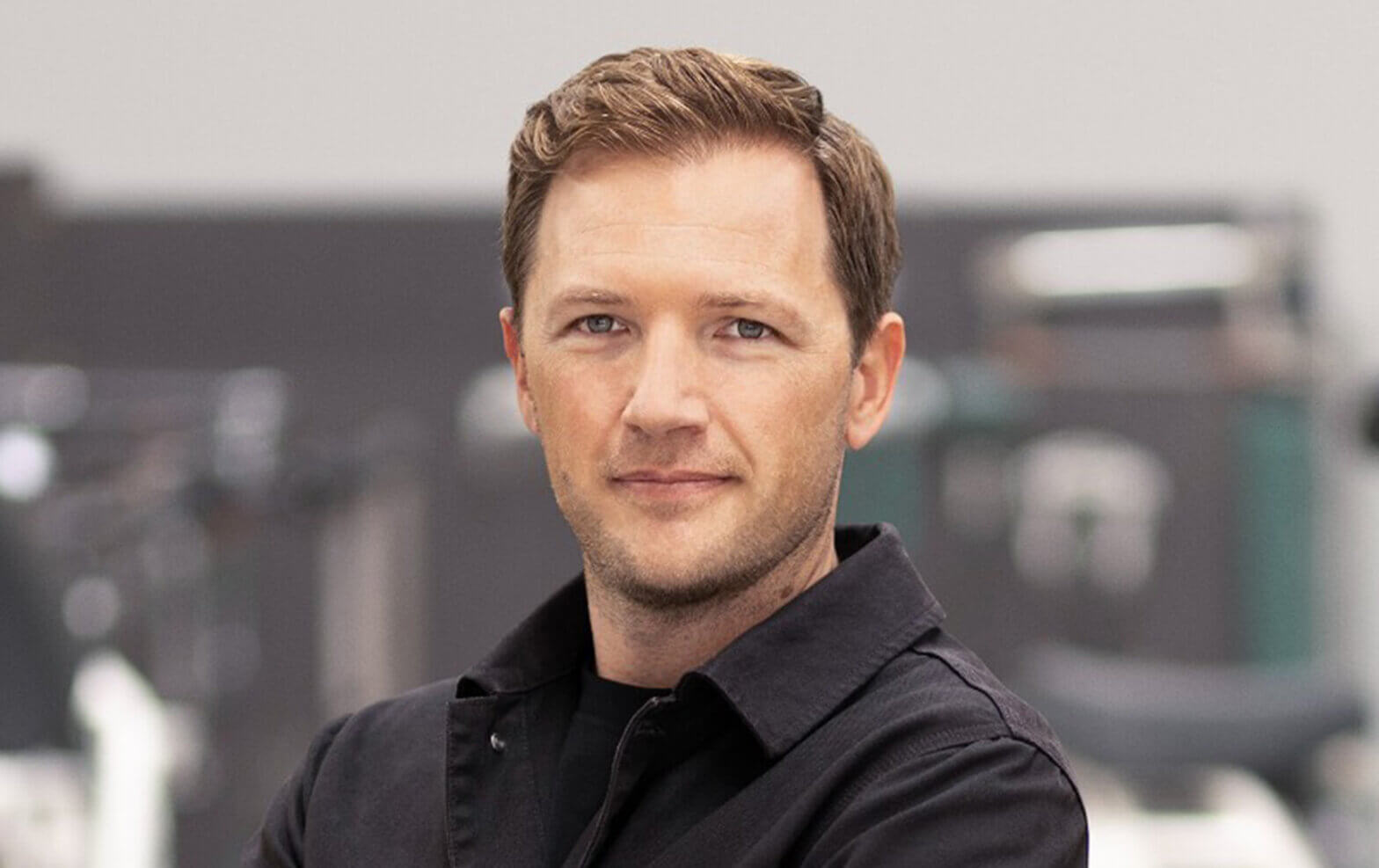Last updated: February 16, 2024
7 mins read
Andrew Huberman is an American neuroscientist and tenured professor in the Department of Neurobiology at the Stanford University School of Medicine. In addition to his scientific research, Andrew Huberman has gained popularity for sharing his knowledge and insights on various platforms, such as podcasts, YouTube, and social media. He is the host of the “Huberman Lab Podcast,” where he discusses neuroscience, health, and human performance. Cortisol is one of the biomarkers that Andrew Huberman references frequently in his long-form health optimization episodes on sleep, energy, mood, and hormonal balance. Below are the highlights of Huberman on what role cortisol levels play in your body and how to biohack them.
What is cortisol?
Cortisol is a steroid hormone derived from cholesterol and produced by the adrenal glands, involved in stress response, metabolism, inflammation regulation, blood pressure control, and immune function. Managing cortisol levels is crucial to avoid health issues linked to chronic stress and maintain overall well-being.
In the Huberman Lab Podcast #18, Andrew Huberman explains that cortisol and adrenaline are essential hormones that regulate our energy levels, focus, and immune system function. He emphasizes that these hormones are not inherently good or bad, but rather their regulation is crucial. Huberman states, “They’re terrific when they’re regulated, they are terrible when they’re misregulated.”
What does cortisol do and how does it relate to your circadian rythm?
Cortisol plays several specific roles in the body:
1. Stress response
2. Glucose metabolism
3. Anti-inflammatory properties
4. Blood pressure regulation
5. Immune function modulation
In his podcast, Dr. Andrew Huberman explains that cortisol is a hormone that is released in the morning to wake us up and stimulate movement. He emphasizes that “cortisol is not necessarily a stress hormone, but rather a hormone of energy.”
This is why it’s linked to wakefulness and circadian rythm.
“So the first tool is to make sure that your highest levels of cortisol are first thing in the morning when you wake up. One way or another, every 24 hours, you will get an increase in cortisol. That is non-negotiable. That is written into your genome. That increase in cortisol is there to wake you up and to make you alert.”
Cortisol levels naturally vary throughout the day, following a pattern called the cortisol awakening response (CAR), which is closely related to the circadian rhythm. The circadian rhythm is the body’s internal 24-hour clock that regulates various physiological processes, including sleep, metabolism, and hormone production.
Cortisol levels are typically lowest around midnight and start to increase in the early morning hours before waking. They reach their peak approximately 30 minutes after.
Huberman on Biohacking your Cortisol 3 waking up, which is known as the cortisol awakening response. This peak in cortisol levels helps to jumpstart the body and provide energy for the day. After this peak, cortisol levels gradually decline throughout the day, reaching their lowest levels in the evening, which facilitates relaxation and sleep.

Disruptions to the natural cortisol pattern can negatively impact overall health and wellbeing. Factors such as stress, jet lag, shift work, and exposure to artificial light at night can disrupt the circadian rhythm and cortisol secretion patterns. In the context of biohacking and health optimization, it is essential to maintain a balanced circadian rhythm and cortisol pattern. Strategies include maintaining a consistent sleep-wake schedule, getting exposure to natural sunlight during the day, reducing stress, and avoiding exposure to blue light from electronic devices in the evening.
In his podcast, Dr. Andrew Huberman explains that cortisol is a hormone that is released in the morning to wake us up and stimulate movement. He emphasizes that cortisol is not necessarily a stress hormone, but rather a hormone of energy. According to Dr. Huberman, cortisol and adrenaline are not inherently good or bad, but rather their effects depend on their regulation and timing of release. He suggests that chronic stress can lead to a cascade of stress and negative effects on the body.
Cortisol’s relationship to testosterone and estrogen
Excess Cortisol not only increases stress levels and makes it difficult to sleep, but it can also decrease your sex hormone levels, as Huberman points out:
But seldom is it discussed how sleep actually adjusts things like testosterone and estrogen. And it does it by modifying cortisol. So the molecule cholesterol can be converted into testosterone or estrogen, but there’s a competition whereby the cholesterol will turn into cortisol and not testosterone, or it’ll turn into cortisol and not estrogen if stress levels are too high.
How to measure and track your cortisol
Quest Diagnostics
- Appointment required
- Clinic visit required
- Venous blood draw
- $65
- Number of biomarkers included: 1
- Sleep and activity tracking: Not Included
- 1-5 business days after collection
Letsgetchecked
- At-home kit
- Huberman on Biohacking your Cortisol 5
- Fingerprick sample self-collection (one-size fits all lancets)
- $99 one-time, $69 subscription
- Number of biomarkers included: 1
- Sleep and activity tracking: Not Included
- 2-5 business days after collection
Inside Tracker
- Appointment required
- At-home blood draw visit
- $348
- Number of biomarkers included: 17 including Cortisol
- Sleep and activity tracking: Included, 3 devices supported
- 2-5 business days after collection
SiPhox Health Kit
- At-home kit delivered to your home
- Fingerprick sample self-collection (low-pain, adjustable lancets)
- $295 one-time, $85 subscription
- Number of biomarkers included: 17 including Cortisol
- Sleep and activity tracking: Included, 200 devices supported
- 2-5 business days after collection
Biohacking your cortisol with Huberman
If you measure your cortisol and find that its out of range, don’t worry! There are plenty of hacks to try for regulating and normalizing your cortisol levels.
Morning Sunlight
One of the major tools Dr. Huberman recommends is getting sunlight in the morning to regulate cortisol levels. As he puts it, the best way to stimulate that increase in cortisol at the appropriate time is that very soon after waking within 30 minutes or so after waking, get outside view some sunlight, even if it’s overcast, get outside view some sunlight, no sunglasses.
Avoiding blue light at night?
And I should also say avoiding bright lights from artificial sources in the evening, generally 10 PM to 4 AM, but certainly in the evening trying to dim lights in your immediate environment, trying to avoid bright screens, bright artificial lights as much as possible and accessing that deep sleep.
Eating carbs
Huberman notes that you can use carbs (judiciously) to blunt cortisol levels.
Many people do that reflexively, however, they reach for carbohydrate-rich foods to blunt their cortisol, because that’s indeed what it does. It blunts cortisol when you ingest high carbohydrate foods, in particular starchy foods.
In summary, Dr. Andrew Huberman, a neuroscientist at Stanford University, highlights the crucial role that cortisol plays in regulating the body’s energy levels, focus, immune system function, and inflammation regulation. He explains that cortisol is not inherently good or bad but rather its regulation is critical. Disruptions to the natural cortisol pattern can negatively impact overall health and wellbeing. Therefore, Dr. Huberman suggests various strategies to maintain a balanced circadian rhythm and cortisol pattern, including maintaining a consistent sleep-wake schedule, getting exposure to natural sunlight during the day, reducing stress, and avoiding exposure to blue light from electronic devices in the evening. Measuring and tracking cortisol levels can also help optimize health and wellbeing.
Disclaimer: If you have any medical questions or concerns, please talk to your healthcare provider. The articles on the SiPhox Health Hub are underpinned by peer-reviewed research and information drawn from medical societies and governmental agencies. However, they are not a substitute for professional medical advice, diagnosis or treatment.





